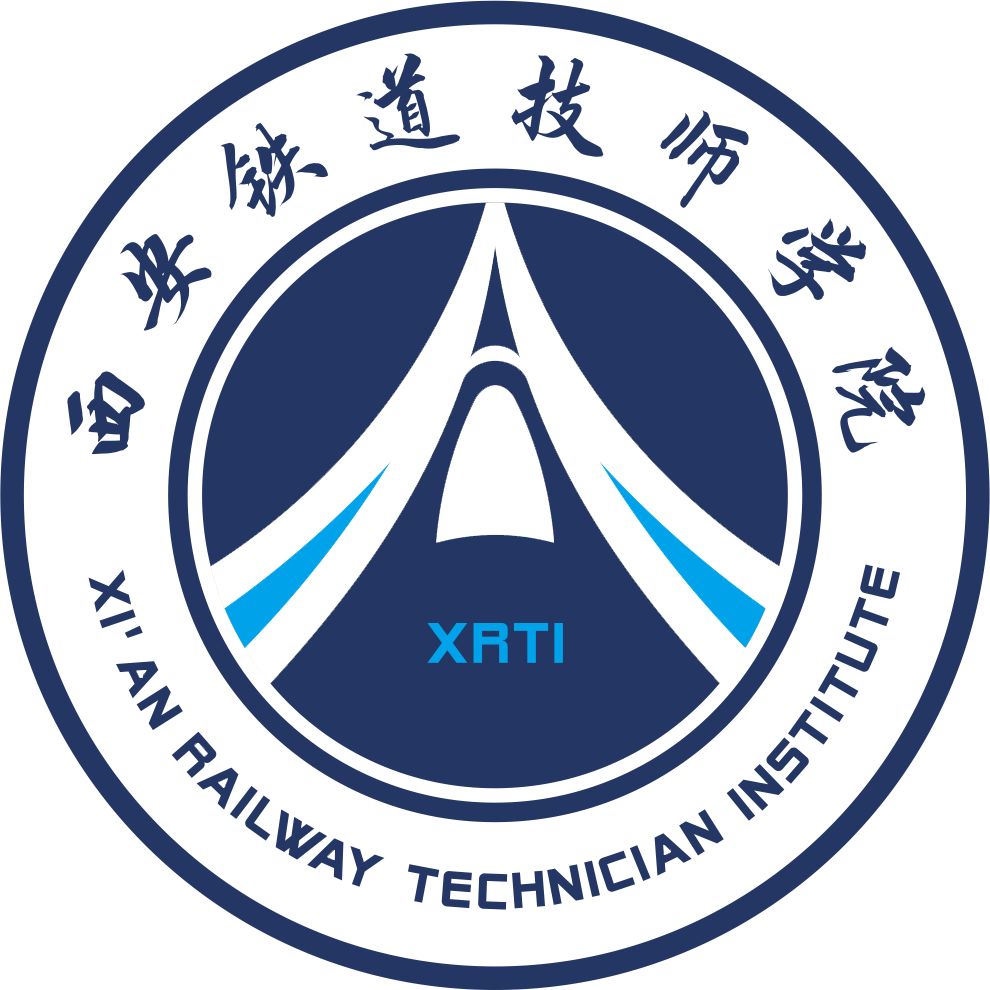


1. Introduction
The C language is a computer programming language. It possesses the characteristics of both high-level languages and assembly languages. It can serve as a system design language for writing system application programs, as well as an application programming language for writing applications that do not depend on computer hardware.
In 1945, John von Neumann proposed several ideas for modern computers, which are now known as the von Neumann architecture, marking a milestone in the history of computer development. The C language is a very powerful language that allows for various programming design methods. It is a distinctive high-level language composed of several functions, featuring three basic structures of program design: sequence, selection, and loop structures. The C language is concise and clear, with a rich set of operators and powerful functionality, including compilation preprocessing. This language has good portability, allowing different processors to compile instructions with different compilers to achieve portability.
2. Features
The C language is the most universal computer programming language. It not only leverages the advantages of high-level programming languages but also incorporates the benefits of assembly languages, giving it unique characteristics compared to other programming languages. This is reflected in the following three aspects:
Firstly, universality. The range of operations in C directly determines its effectiveness. C language includes 34 types of operators, allowing for a broader range of operations than many other languages; moreover, the expression forms of operation results are also very diverse. Additionally, C language includes various data structure forms such as character and pointer types, enabling it to handle larger data structure operations.
Secondly, conciseness. The 9 types of control statements and 32 keywords are fundamental characteristics of the C language, making it widely applicable in computer application programming. This not only enhances the efficiency of programmers’ operations but also supports advanced programming, avoiding the hassle of switching languages.
Thirdly, a well-structured design. The C language is a structured language that can achieve modular application programs by assembling modular units, providing significant advantages in system description. This feature also allows it to adapt to various programming requirements while maintaining high execution efficiency.
3. Structured Design of C Language
1. Top-down refinement
Top-down refinement reduces the error rate in C language code and improves the execution efficiency of C programs, allowing for the abstraction of specific problems and adding comments for better understanding.
2. Modular design
It modularizes a complex problem, simplifying the functionality of each module. Modules can be implemented through functions in the language.
3. Structured coding
After designing a structured algorithm, structured coding is needed to express the designed algorithm using a specific programming language, resulting in structured programs.
4. Computer Programming Laboratory of Xi’an Railway Technician College
To implement a teaching model that combines theory and practice in the computer programming major of the Department of Artificial Intelligence, the college has invested heavily in building numerous specialized computer training laboratories. The fourth floor of the training building is equipped according to national standards, achieving the level of professional computer equipment and corresponding remote teaching systems. There are a total of 130 specialized computer devices in the professional training laboratory, ensuring that all students in the computer software design major have the opportunity for practical practice in writing C language.


|
College Overview |
||
|
College Introduction |
Academic Affairs Office Introduction |
Supervision Office Introduction |
|
Training Room Introduction |
Student Status Related (Graduation Certificate Collection) |
Professional Certification |
|
Featured Majors |
Campus Environment |
School-Enterprise Cooperation |
|
Xi’an Railway Technician College » Key Talent Training Base for Chinese High-Speed Rail |
